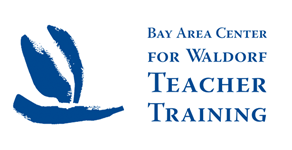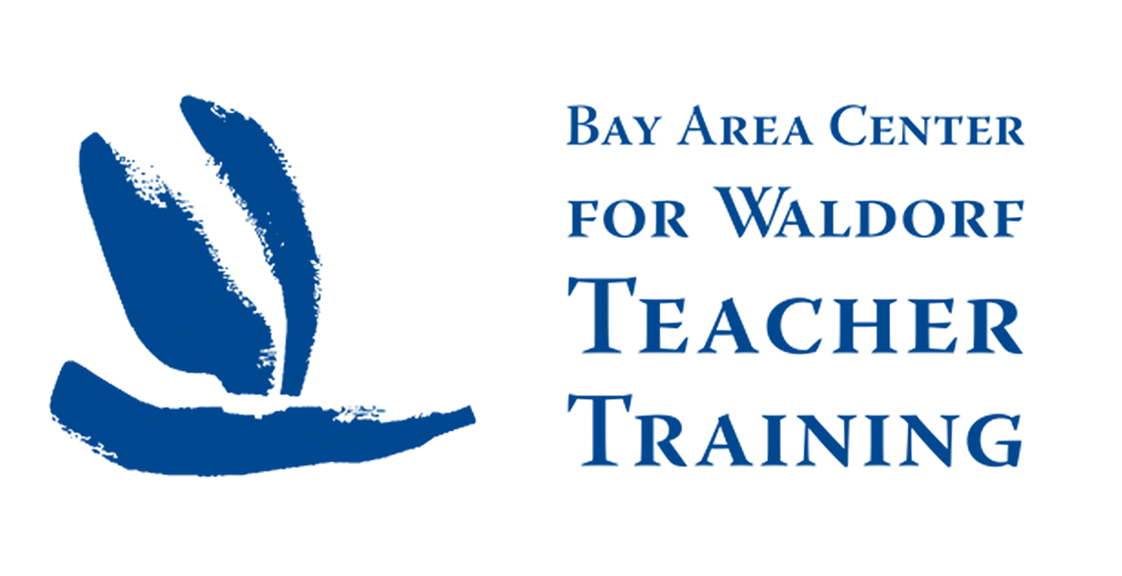Dear BACWTT Students, Alumni, Friends and Colleagues,
Here is the verse from the Calendar of the Soul for this week:
Verse 35
Can I discern true being
That it may find itself again
In the soul’s creative urge?
I feel that power is granted me
Modestly to join myself
As member to the self of worlds.
We jumped over last week’s verse, being on Thanksgiving break, but I would like to connect the stream of thoughts in the last 3 verses – so I invite you to go back and reread Verses 33 and 34.
In Verse 33, we hear the idea of it being possible, and even necessary, for human beings to engage in and participate in the life of the world. In last week’s Verse 34, we read about the self – pouring itself into outer work – and this outer work providing roots for our existence. This week, we read about the possibility for us to find something again; to discern and to join modestly as a member of something greater than ourselves.
Overall, we can feel that the verses these weeks are leading us into mysterious and powerful realms – of the possibilities of mysterious connections between our small, individual self and the wide world; of reaching out and developing a deep relation to the processes of the whole world.
The first half of this week’s verse asks us if we can discern something about ourselves – something essential and true. It asks if we can become quiet enough to listen and sense something that is living, but hidden in our soul’s creative impulses. This line is like a mantra. We can say it over and over, pondering, “Can I discern true being?” It feels like a mantra for Advent time, inviting us into another kind of space, another kind of listening.
Can I find myself – again – in the soul’s creative urge?
This evokes the mood of a profound journey that loops back around to its beginning, and is captured beautifully in this poem by T.S. Eliot:
“We shall not cease from exploration
And the end of all our exploring
Will be to arrive where we started
And know the place for the first time.
Through the unknown, remembered gate
When the last of earth left to discover
Is that which was the beginning;
At the source of the longest river
The voice of the hidden waterfall
And the children in the apple-tree
Not known, because not looked for
But heard, half-heard, in the stillness
Between two waves of the sea.”
― T.S. Eliot, Four Quartets
The second half of this week’s verse describes how this experiencing of something buried in our own inner world could lead us outwards to connect and join in with processes much greater than our individual aspirations; to modestly become a part of something tremendous.
I love the way this verse asks us to become quiet, small and humble, sensitive, discerning – and that these actions of “smallness” will allow us to become connected to something enormous. It is almost a kind of religious instruction, especially when we consider the origin of the word “religion” comes from the Latin “religare,” which means “to bind together again.” Can we find the bindings that connect us to the world of nature and the spirit in this season?
The two aspects of this week’s verse are strong reminders to tune into ourselves and what is living quietly inside of us as we move through tumultuous, outer events. The gift of these words by Steiner is that they encourage us to notice things under the surface, the processes taking place quietly within and quietly outside and to give them value – more value than noisy, empty-headed shouting. They ask us to take notice of these gifts that come with the season, that come to the surface at this moment and, if heard, will support our grip on life.
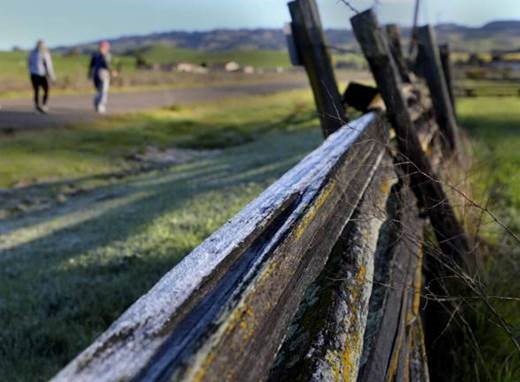
In this, the experience of nature is a great support. If we can allow it, nature and the changing seasons help us to awaken at certain times to certain things. In Sonoma County this past week, we have enjoyed cold, frosty nights and mornings. I have had to wrap up and keep my hands in my pockets on my morning walk. The frost on the ground, on low plants and structures, reveals a hardening, crystalizing force. When I walk across muddy fields, the ground is hard underfoot. What a pleasure to feel the clarity and firmness!
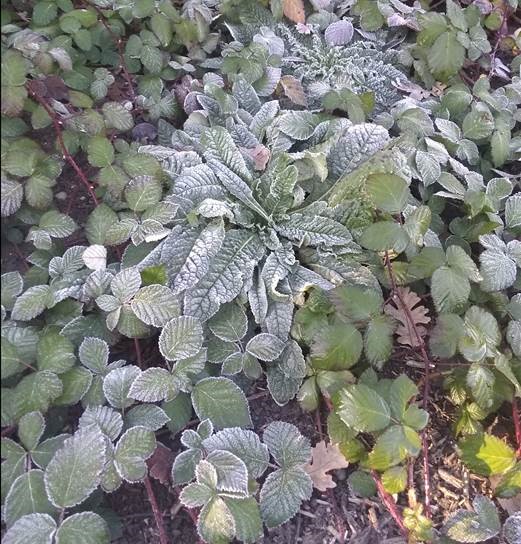
The frost on the ground, the bright stars in the dark night, the fire in the fireplace all work to lead us to a change of soul. It builds the experience of becoming small and contracted and, at the same time, sensing the lines of connection leading to the infinite.
To see a World in a Grain of Sand
And a Heaven in a Wild Flower
Hold Infinity in the palm of your hand
And Eternity in an hour
Auguries of Innocence by William Blake
The work of being a Waldorf teacher requires that we keep an ear to the ground, sensing what is happening in nature, in society, in our communities and manifesting in the children coming through the classroom door. Having one ear to the ground, of course, also means having one ear to the sky, the clouds, the stars and planets.
Listening in between (in between our two ears, perhaps) – this listening in two directions – we can also try to listen in to that which is quietly mysteriously living in our own “creative urges.” Steiner is not referring here to our “creativity,” but rather to those impulses that are unconsciously living in our will, that we are working on slowly over a long period of time; the things that we want to happen; the changes that we want to see in our lifetime.
Moving into Advent time, we have the opportunity – as if sitting by the fire, contemplating the world – to listen in, remember and reconsider our long-term life intentions, the intentions of our work and the intentions of the world – and how these are all one.
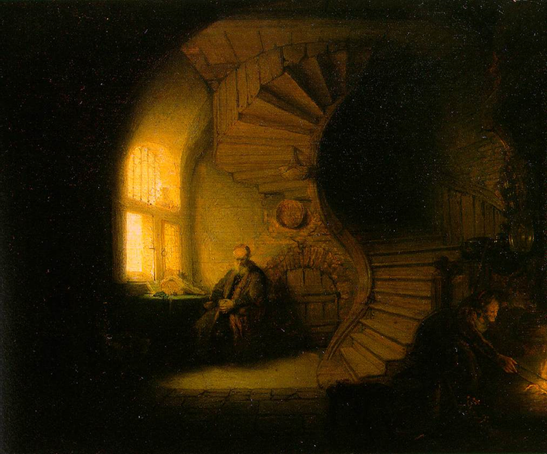
Ken
Kenneth Smith
Director
BACWTT
